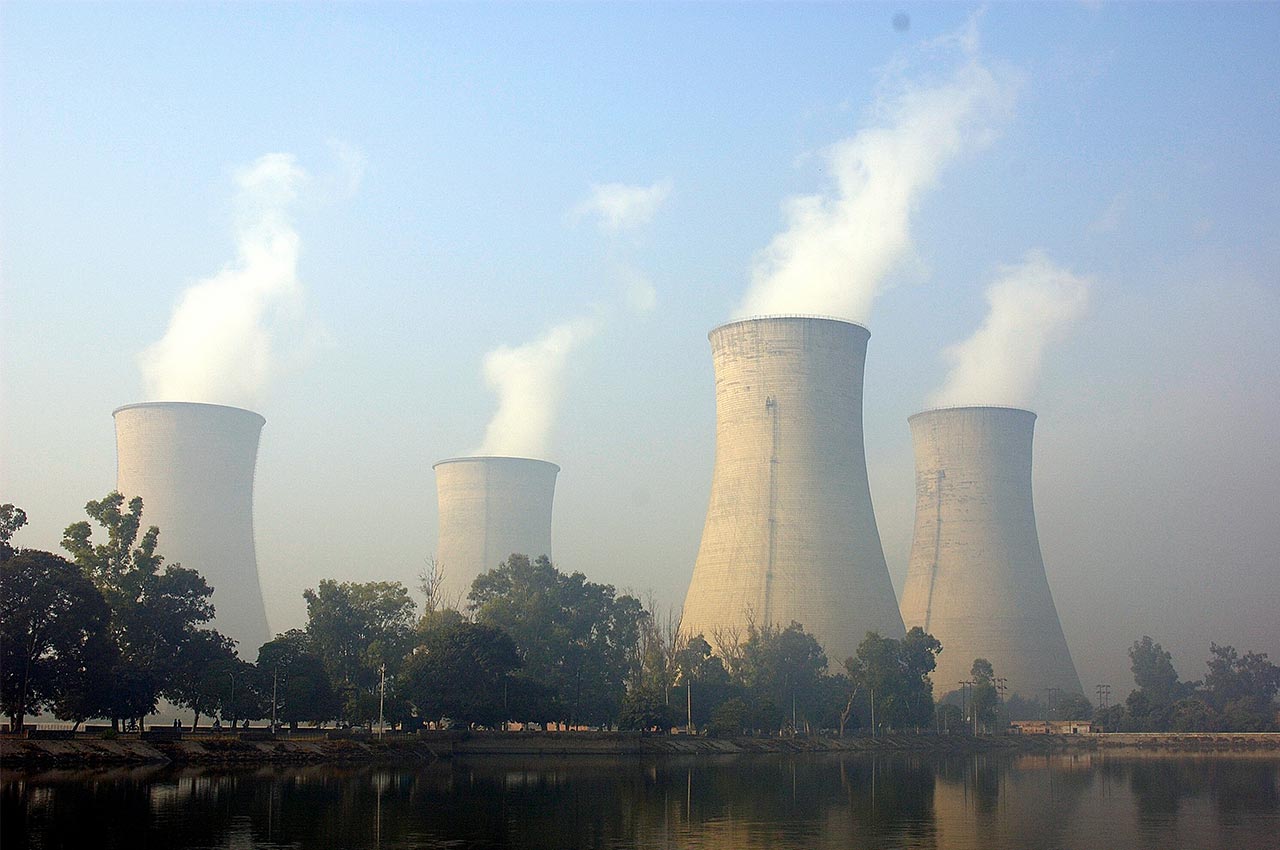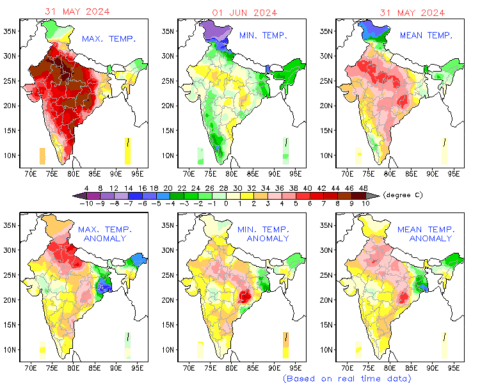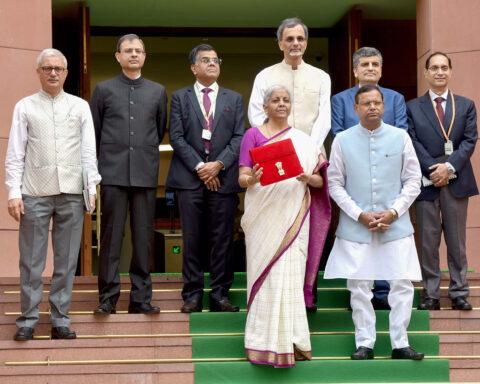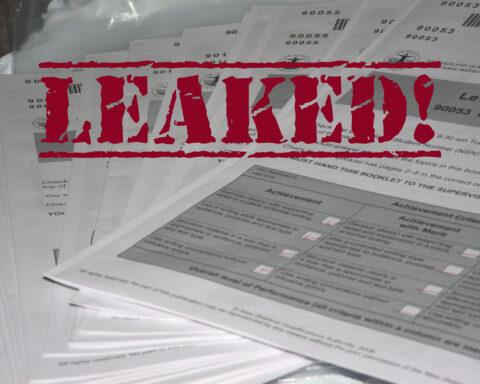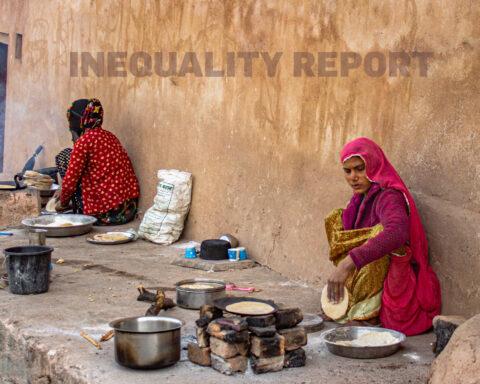As the government works towards adding 50 gigawatts (GW) of renewable energy capacity annually for the next five years in a bid to achieve the target of 500 GW by 2030, it emerges that transitioning away from coal is not going to happen in the near future. There will be a push for renewable and non-fossil based energy, but the share of coal in energy production, especially electricity, will remain significantly high in the coming years.
In a recent meeting chaired by the Union Minister for Power & NRE, R.K. Singh, a plan was finalized by the Ministry of New & Renewable Energy (MNRE) to work towards adding 50 GW of renewable energy capacity annually for the next five years for achieving the target of 500 GW by the end of the decade. But projections emerging from the coal ministry clearly say that India’s coal demand would be in the range of 1.3 to 1.5 billion tonnes annually by 2030 from the current level of about 1,000 metric tonnes. It is projected that coal demand will continue to rise and may peak around 2040.
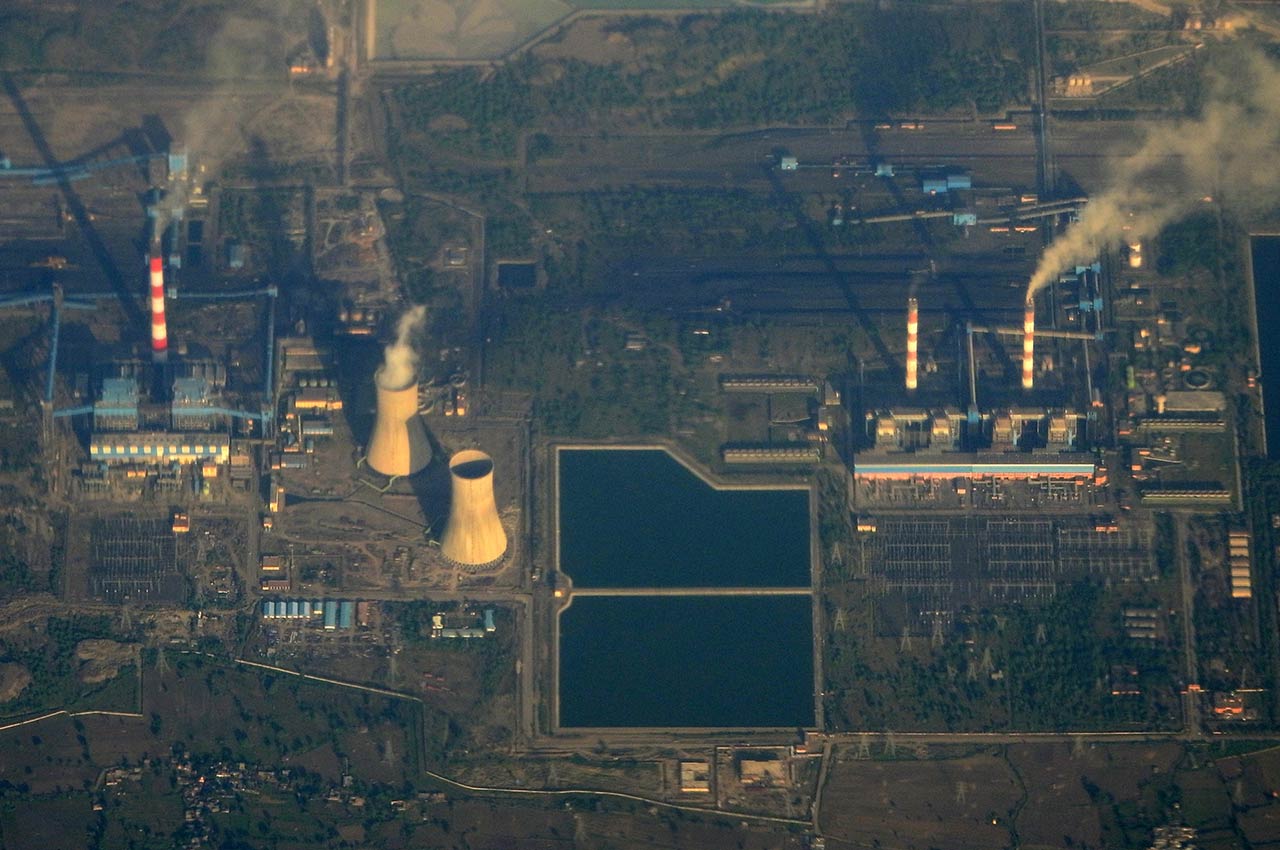
Given this hunger for coal, and despite the thrust on renewable, coal is going to continue as a primary source of energy to meet the growing development needs of India. Owing to this dependence on coal for meeting the demand from the power sector, India led the opposition to declaring coal “dirty fuel” at COP27 in Sharm El-Sheikh, Egypt, last year.

